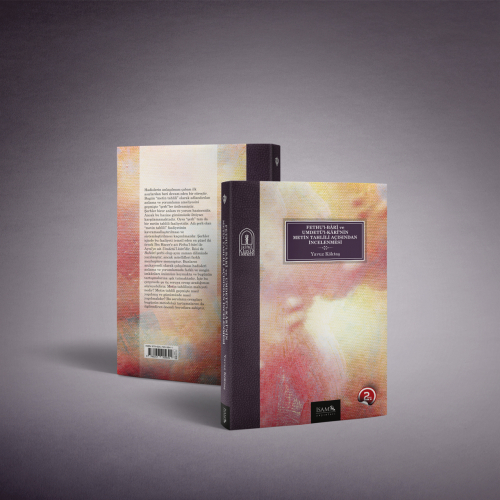Fethu’l-Bârî ve Umdetü’l-Kārî’nin Metin Tahlili Açısından İncelenmesi
Explanations of ahadith (sharh) significantly include the activities of both “understanding” and “interpretation”. However, the works that have academically researched and systematized these activities are rare. In ahadith literature, Ibn Hajar’s and Ayni’s explanations are remarkable in this particular. The question as to how the interpreters performed the activities of understanding and interpreting the ahadith has been a source of interest for many years. In this study, two explanations by Bukhari, one belonging to Ibn Hajar and one to Ayni, members of different sects at the same period, are compared. In this survey it is also examined whether there was ever any neglect of understanding the ahadith in the past. The possibilities of diversity in commentary are also demonstrated for the reader.
In this work, the main aim is to examine Fethu’l-Bârî and ‘Umdetü'l-kârî’s methods in terms of text analysis. While carrying out this task the following question was paramount: What are both analyses based on? In understanding the texts, was importance given only to the words or did they also take into account the social and historical backgrounds? Was there a sufficient use of rhetoric (balaghat)? Did they consider the Qur’an when trying to understand a hadith? Were they able to draw attention to the reasons of the discourse and the wisdom of the hadith? What kind of method did they use if there was a conflict between two hadiths or between a hadith and a verse from the Qur’an itself? Did they interpret the ahadith as sources of information and civilization? Did the text analyses take on an irregular or systematic form? How much did their sects affect them when they were interpreting the hadiths? Did they make a criticism of the hadith text? Finally, was their work descriptive or prescriptive.
Click to buy the print version.
Click to buy the e-book version.

